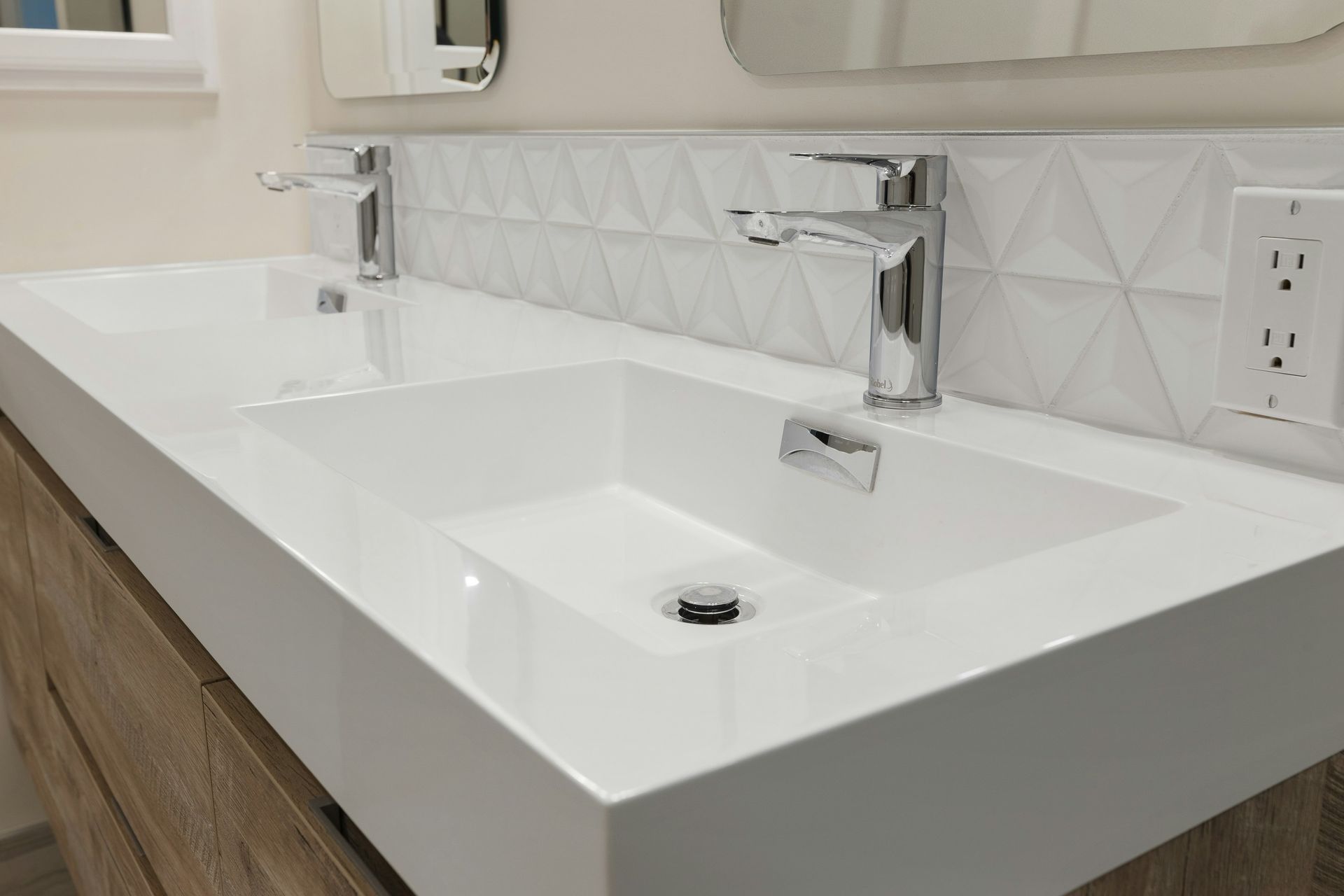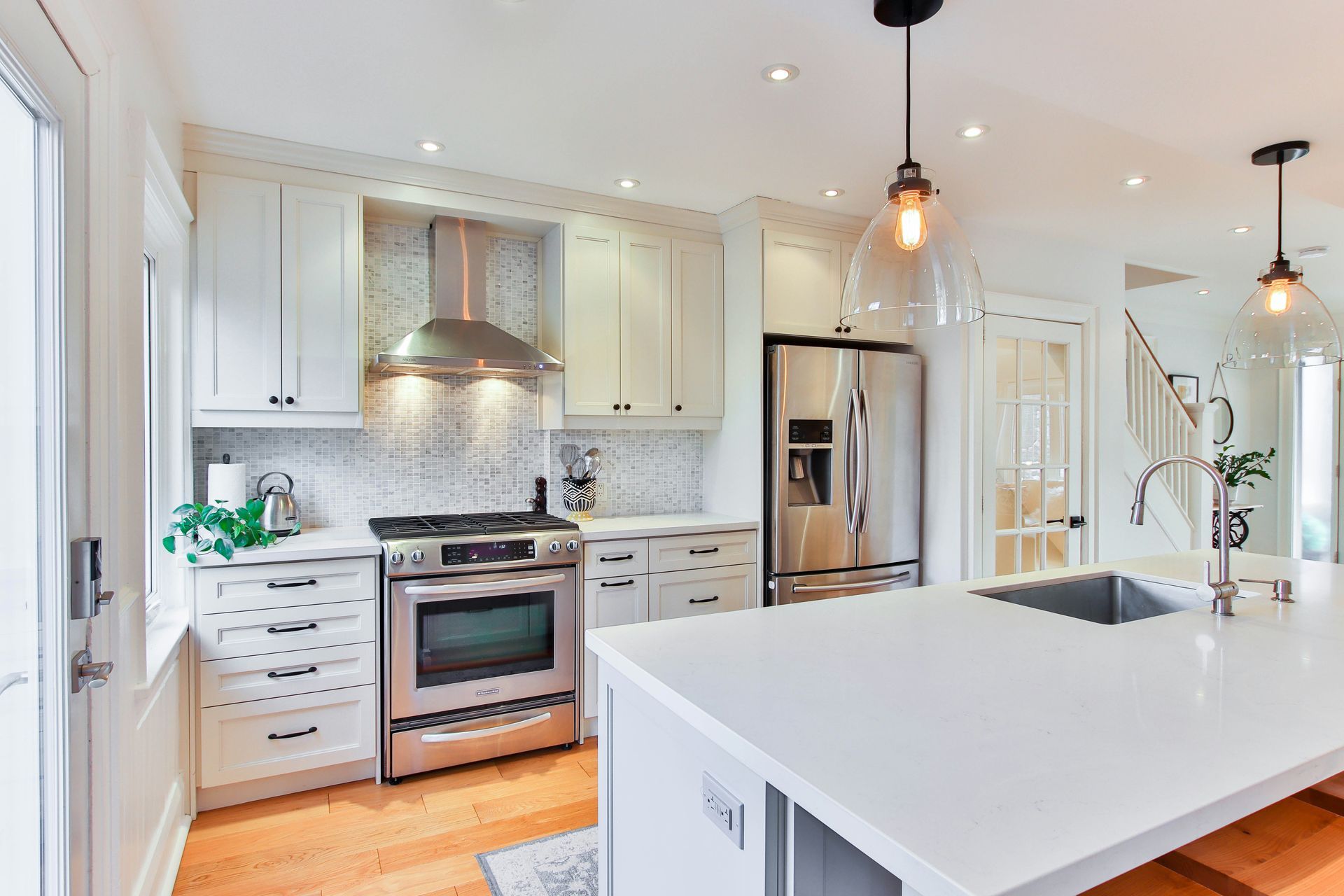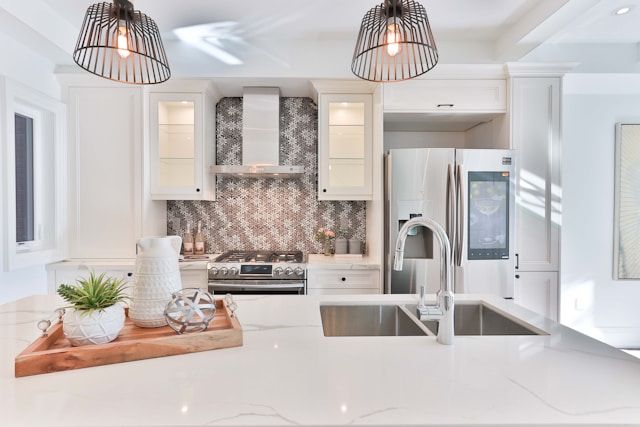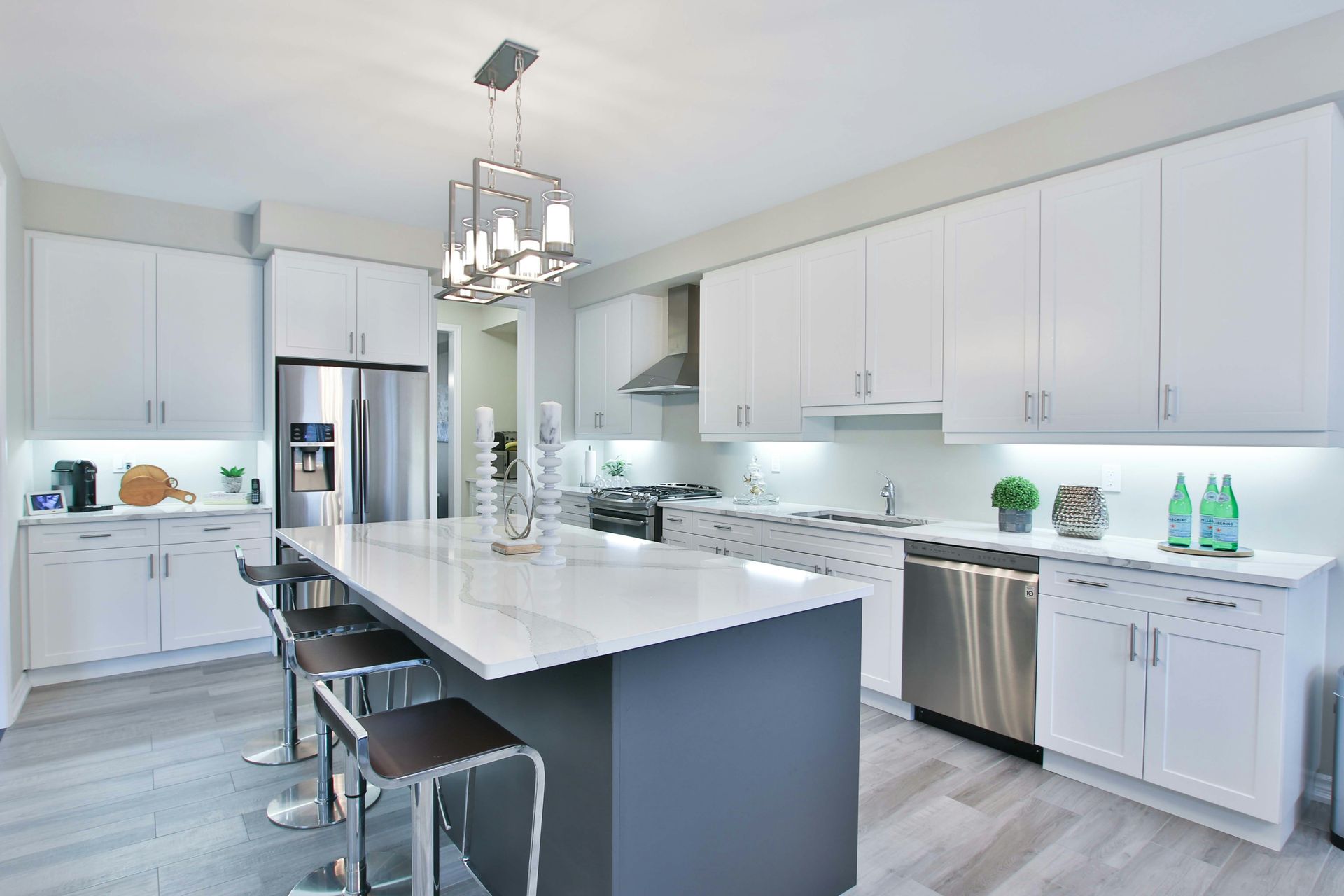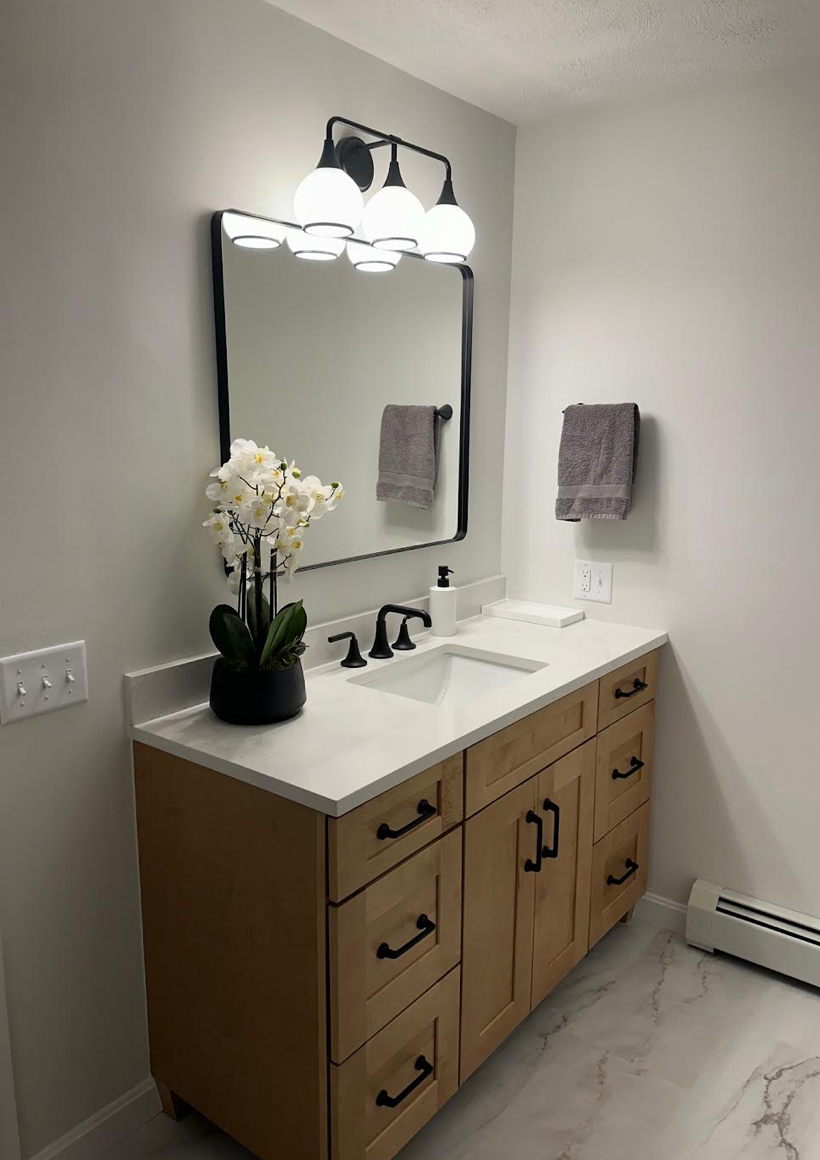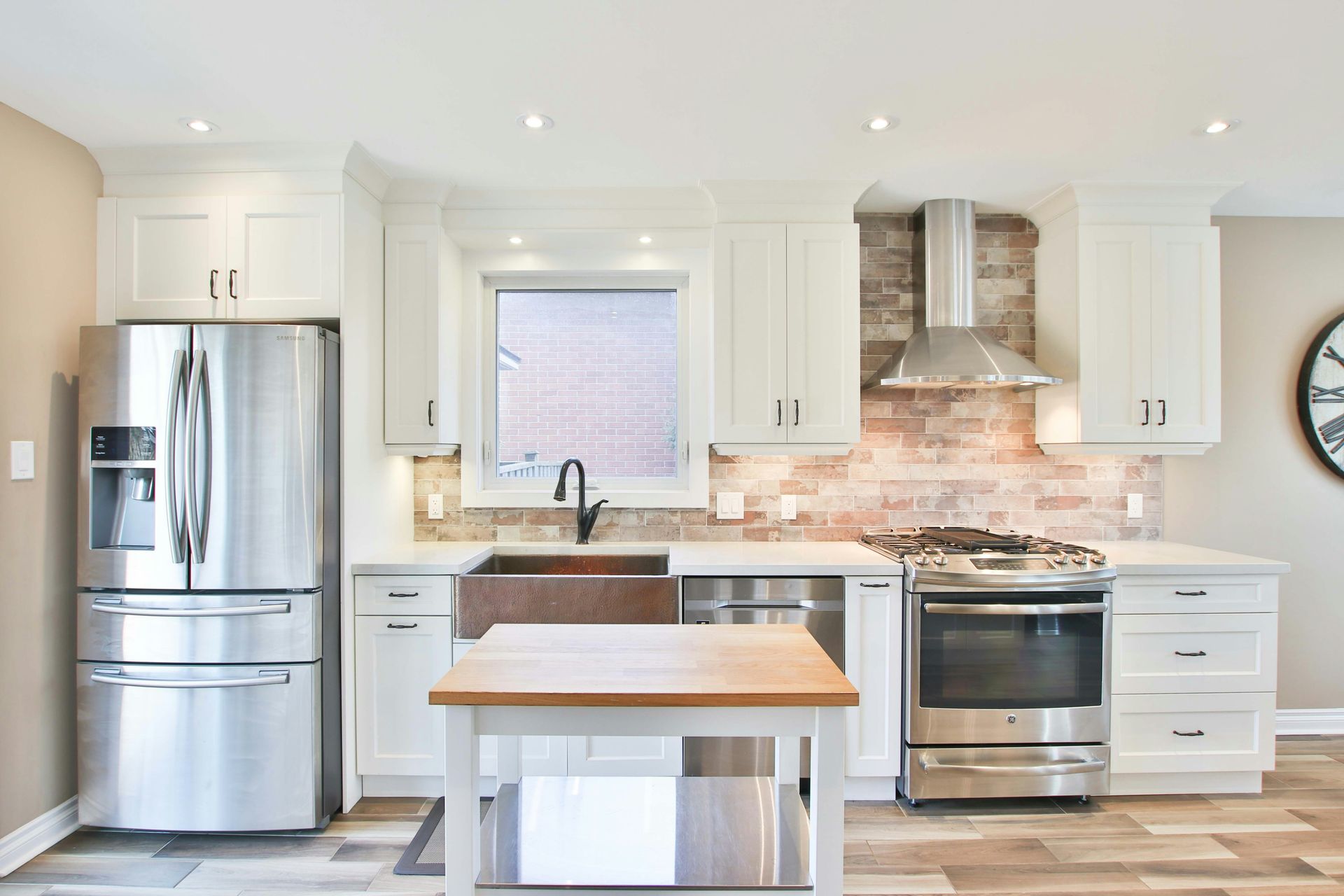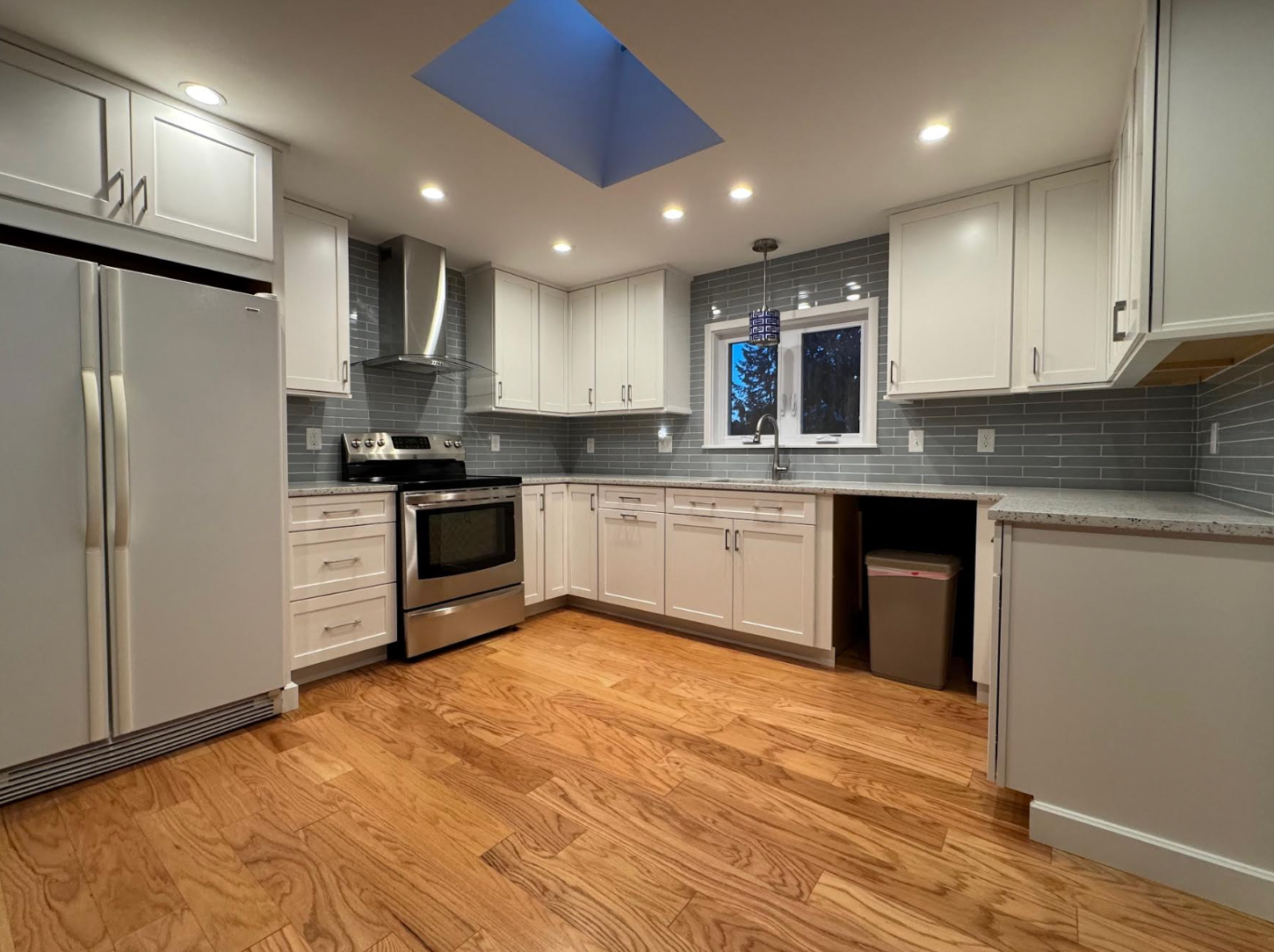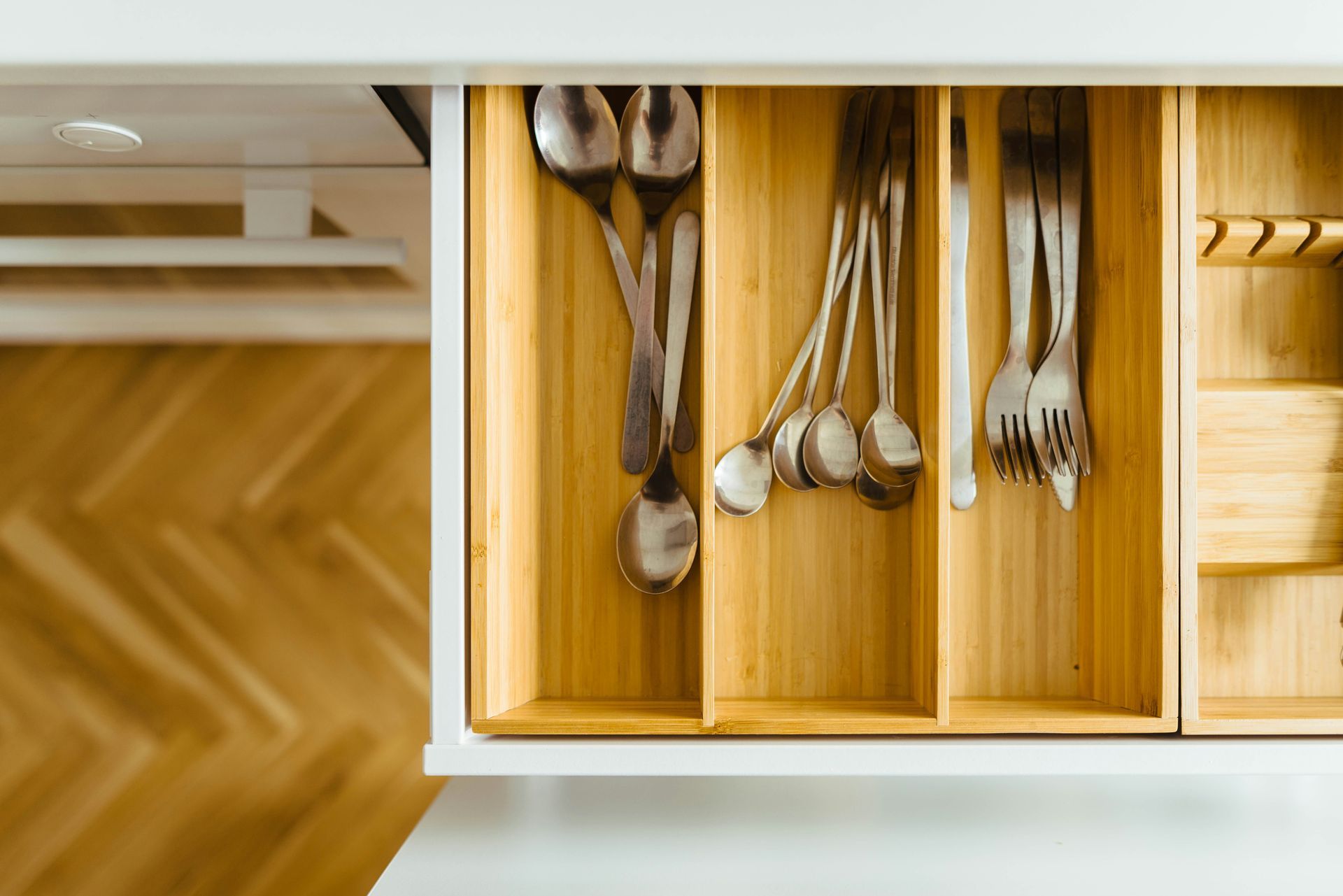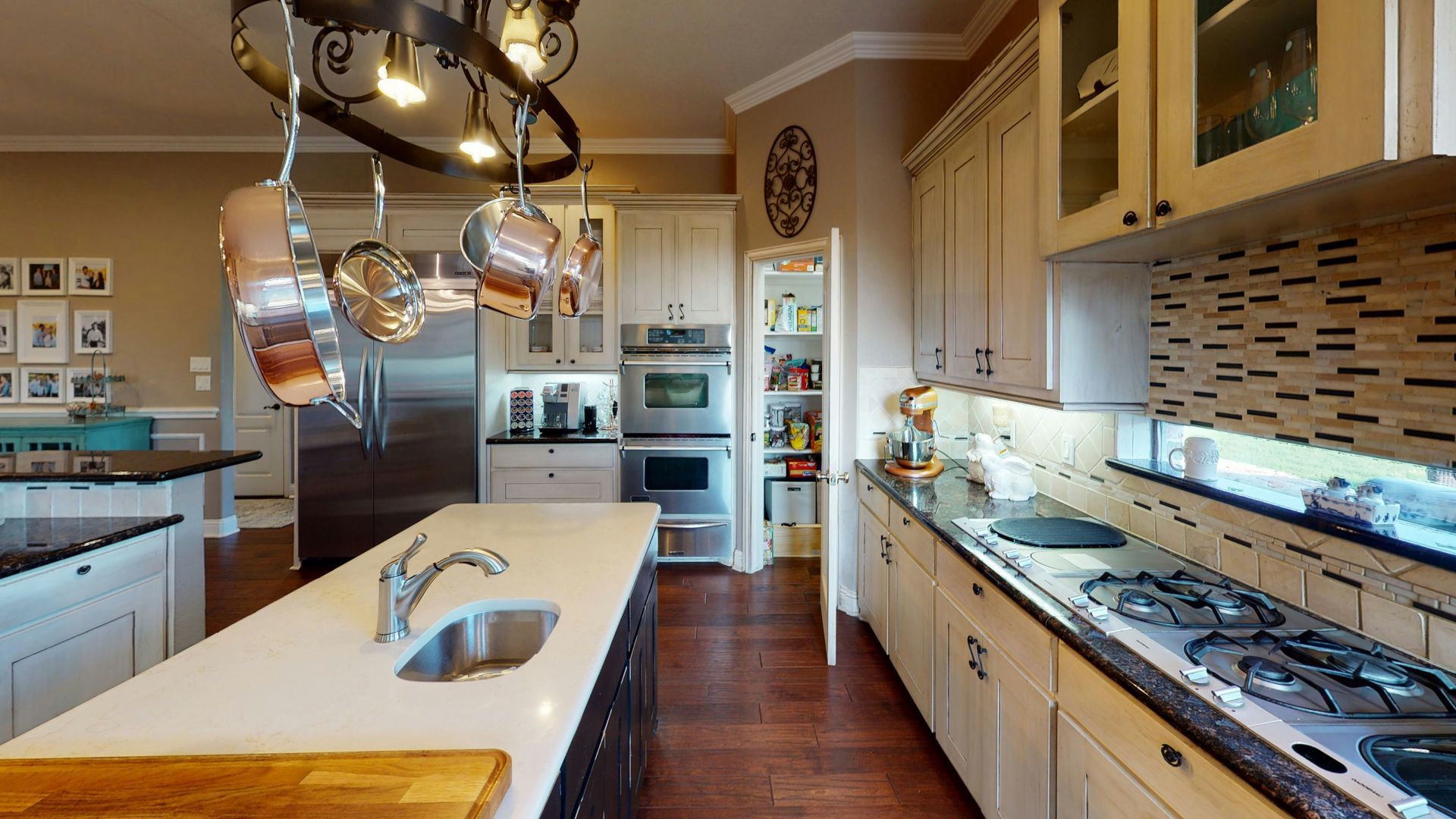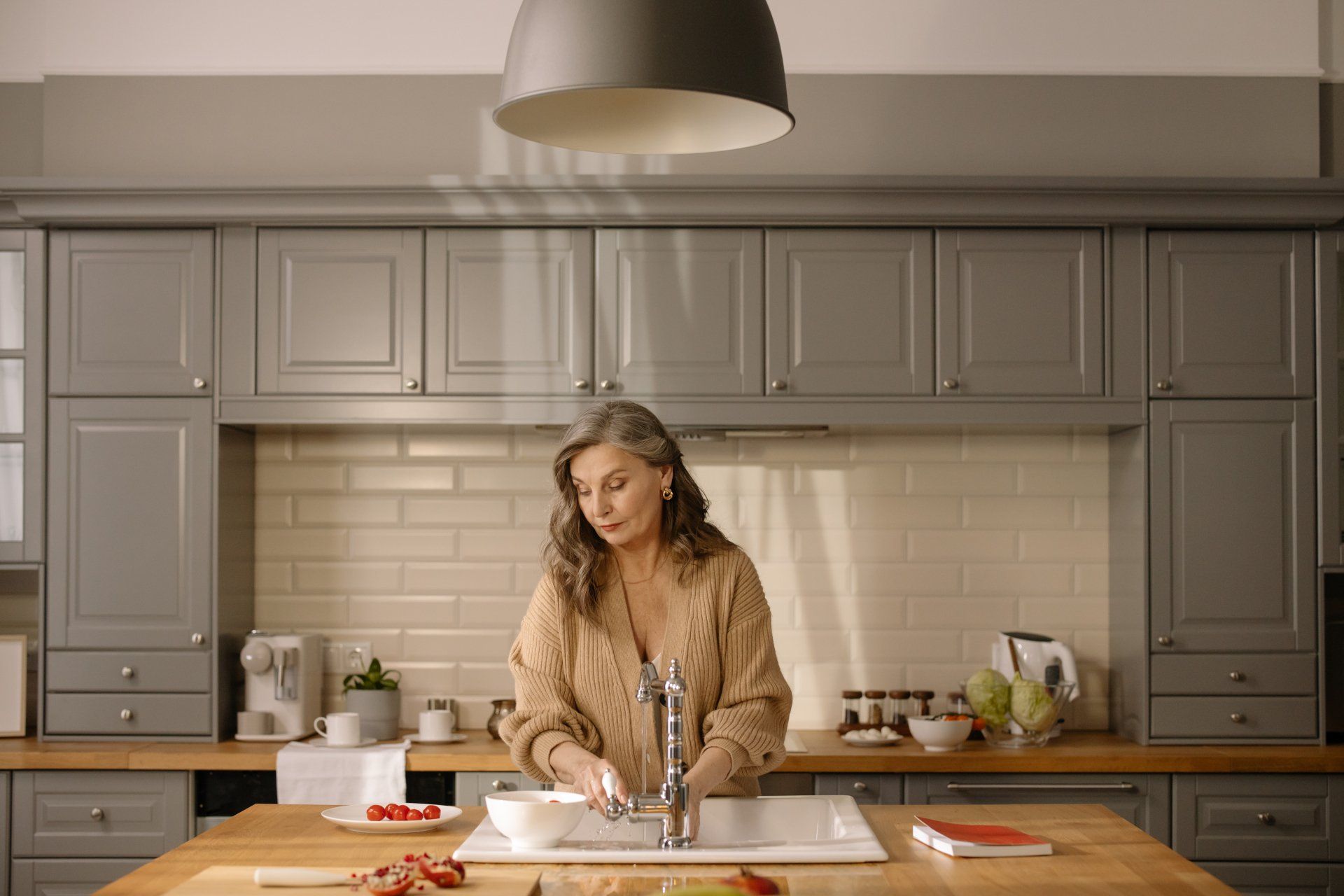Does inventing new dishes inspire you? Do you love being serenaded by the sound of sizzling sauces? If you’re an at-home chef who loves to cook, you probably own all the latest tools and gadgets. But how can you be sure you’re using them correctly or to the best of their abilities?
These culinary tips will streamline your process, minimize mess, and have your kitchen running like a restaurant!
#1 Prevent Boil-over with a Wooden Spoon
This tip has gained popularity of late. Even though it’s no longer a secret, it’s still handy. Placing a wooden spoon across the top of your pot, from rim to rim, will prevent it from bubbling over.
#2Microwave a Dish Towel to Minimize Smell
It may seem silly but microwaving a damp dish rag with a bit of dish soap can remove tough odors like fish. All you need to do is place a dot or two of dish soap on a damp rag and then microwave it for 20-30 seconds. Let it sit in the microwave for thirty minutes, then use it to wipe down the inside of your unit. So long stinky fish smell!
#3 A Microwave Can Clean Your Sponge Too
You can also microwave a sponge to help kill germs and eliminate bacteria. The most important consideration with this tip is that your sponge must be completely wet, never dry. One to two minutes at high power is enough to kill most germs, bacteria, pathogens, and viruses. Scrub sponges often only need a minute, while cellulose sponges benefit from two minutes in the microwave.
#4 Ketchup - Your Secrete Copper Cleaner
Did you know ketchup can polish copper? All you need is a dollop or two to cover your copper pot. Then, let it sit for a while before rinsing it off.
#5 Prevent Food Storage Stains…
Are you tired of orange and red-tinted Tupperware? Spraying your plastic storage bins with a thin layer of non-stick cooking spray before putting in your saucy leftovers can prevent staining.
#6 and Smells
If foul odors are your smell, try crumpling up some newspaper and leaving it in the sealed container overnight. The following day, the odor should be gone! Just be sure you thoroughly wash them before use.
#7 Use the Correct Measuring Cup for the Job
Did you know there’s a difference between a wet ingredient measuring cup and a dry one? Wet ingredient measuring cups often are a single vessel with measurement markings on the side. Dry ingredient cups come in an assortment of sizes, such as a ⅓ cup or ¼ cup.
#8 Rinse Fruits and Veggies Fast
You can use a cold, soap-less cycle with your dishwasher to rinse your veggies and fruits quickly. The top rack is safest, but more challenging produce like potatoes can generally handle the bottom.
#9 Marinade Made Easy
Make your marinades ahead of time by placing your boneless, skinless chicken breasts in plastic freezer storage bags right after purchasing them. Next, pour in your marinade and freeze. Put them in the refrigerator to thaw the night before and cook as desired.
#10 Get Great Grilling Marks
Did you know you can enhance your sear marks? A touch of honey in your marinade or sauce will cause the sugars to caramelize with heat, bringing out those mouth-watering grill or sear marks.
These tips will take your kitchen skills from home chef to top chef!
